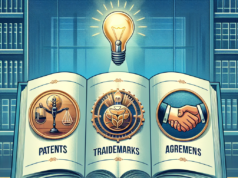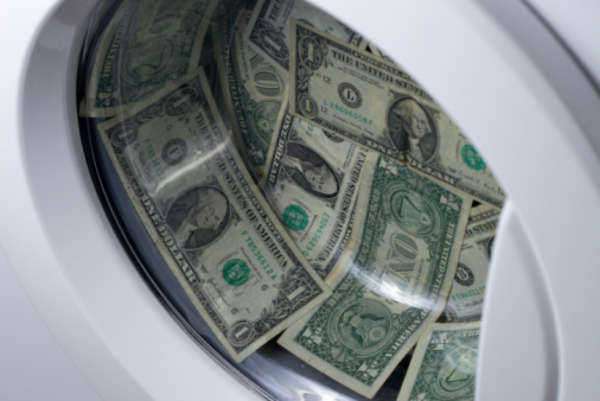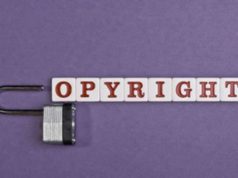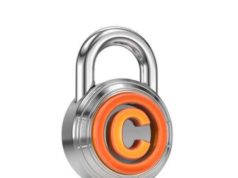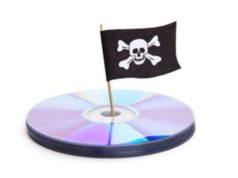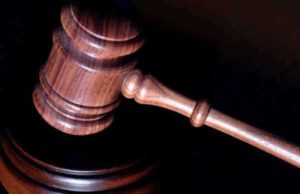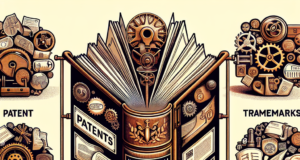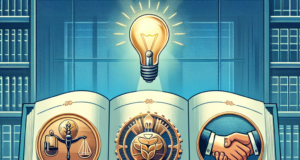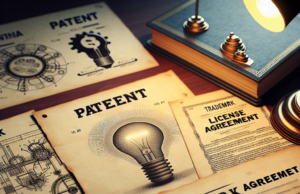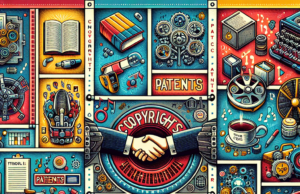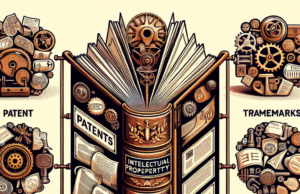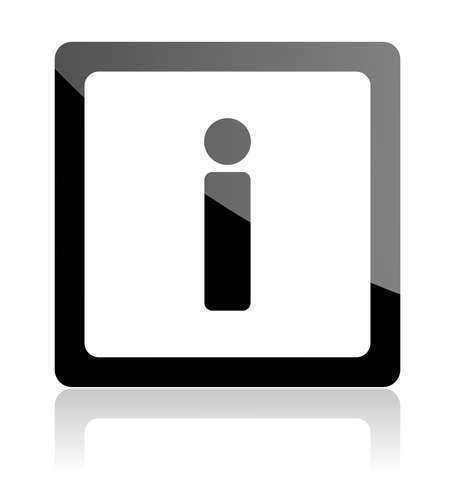
A copyright
is a fundamental aspect of intellectual property law. Copyrights grants authors or creators of unique works with an exclusive right to use, sell, reproduce, transfer and license their
works. When a person creates a creative work in the form of a motion picture,
photograph, book, audio recording, etc., he or she automatically obtains all
copyrights pertaining to it. No one else can use that work for their own
personal benefit, such as money or recognition.
A copyright
period lasts for the entire lifetime of the author, plus 70 years. After that
period, a work automatically enters public domain, meaning that it is now up
for grabs for use by another individual or entity.
In addition, if a person would like to receive
added protection from United States copyright law, he or she can register their
work with the U.S. Copyright Office.
What happens when another individual or entity
uses a copyrighted product without permission during the valid term of the
copyright? If a person uses and benefits off of another person’s work, he or
she is committing copyright infringement, a penalty punishable by copyright
infringement laws. The owner of the copyright may then place charges against
the violating party so that damages from the infringement can then be given to
the owner.
What Works are Protected?
Copyright infringement laws protect original works
of authorship. They must be contained within a typical medium, including:
Literary works
Musical works
Works of drama with music
Pantomimes and choreographic
works
Pictures and graphics
Motion Pictures
Sound recordings
Architectural works
Copyright infringement laws do not protect works
which have not been placed in a tangible form of expression. Such works may
include proper names, ideas, abstract concepts, etc.





